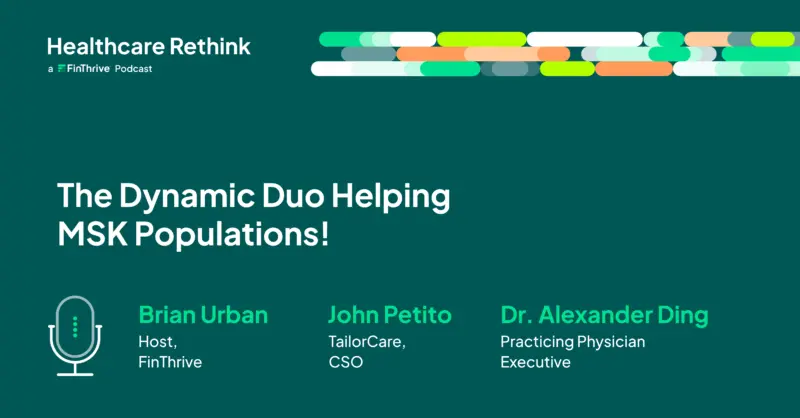CurveBeam Connect: The AI Advancements that Could Change Orthopedics Forever
Mention AI in a clinic, and many people’s minds go to the idea of robotic surgeons whirring along and making perfect cuts and calculations.
While that isn’t the reality of medical AI technology today, there are enormous advances being made in the field, with many of the world’s power players like Google and Amazon among those getting involved.
Yet, even with more and more products earning FDA approval, few of them are focusing on orthopedics, especially when looking at extremities.
CurveBeam stands out.
Stuti Singh, CurveBeam’s Director of R&D Strategy, said the company is utilizing machine learning and deep learning to revolutionize procedures performed on the foot and ankle.
“We’re going from the surgeon having to read a series of slices where with pixels that represent a foot to having the computer know what it’s looking at before you even look at it,” she said. “That’s where I see AI transforming what we do here in orthopedics.”
With so many variations in the foot, it’s difficult to design automatic methods that will work in a diverse range of patients.
“Since there’s no simple formula that’s going to work well on all feet, we decided to use machine learning,” she said. “It’s really the perfect solution to this type of application because machine learning – and deep learning, specifically – functions like the human brain.”
Like a brain, the input signal goes through several layers, with processing occurring at each layer. Later, the output results as a function of all the information received from the input. Without understanding the foot thanks to a level of prior knowledge, the segmentation process being carried out wouldn’t function.
Singh and her team reviewed research and created a proprietary algorithm that could have wide-ranging applications.
“The possibilities are really endless,” she said. “Some of the immediate ones we’re interested in are applications we’ve already been working on before this project. For example, the TALAS measurement that measures the overall alignment of the foot in 3D. This is really revolutionary, because, before our weight-bearing CT scanners, this wasn’t possible to do in 3D. Having that done automatically, (you can) scan a patient and can immediately see, ‘This is your foot alignment.’”
With other measurements and a SyndesMetrics component, it’s clear the platform will have a wide variety of potential uses.
It’s not robots doing perfect surgery, but, with progressions like CurveBeam is making, orthopedics are certainly moving into the next era.
For the latest news, videos, and podcasts in the Healthcare Industry, be sure to subscribe to our industry publication.
Follow us on social media for the latest updates in B2B!
Twitter – @MarketScale
Facebook – facebook.com/marketscale
LinkedIn – linkedin.com/company/marketscale



